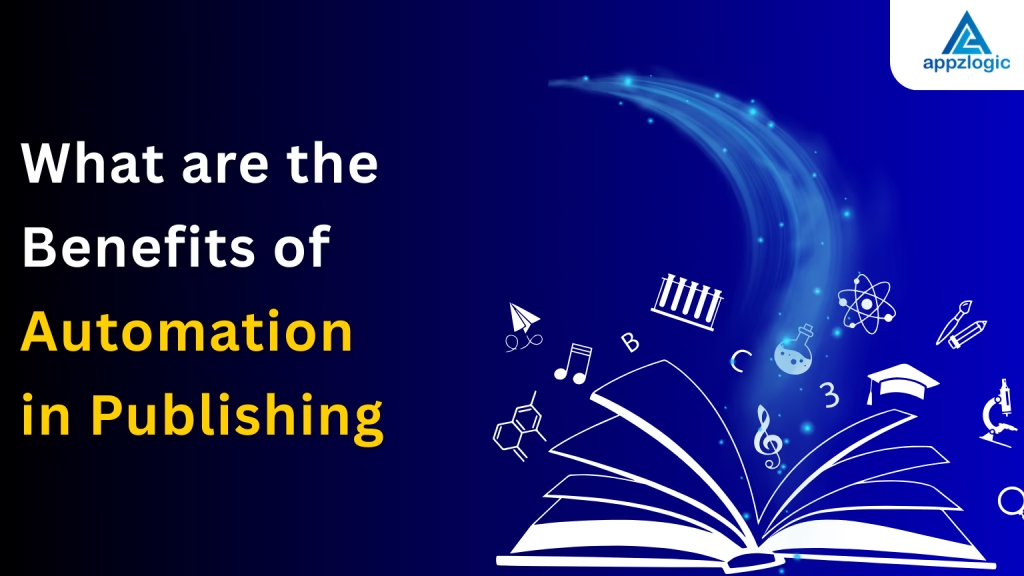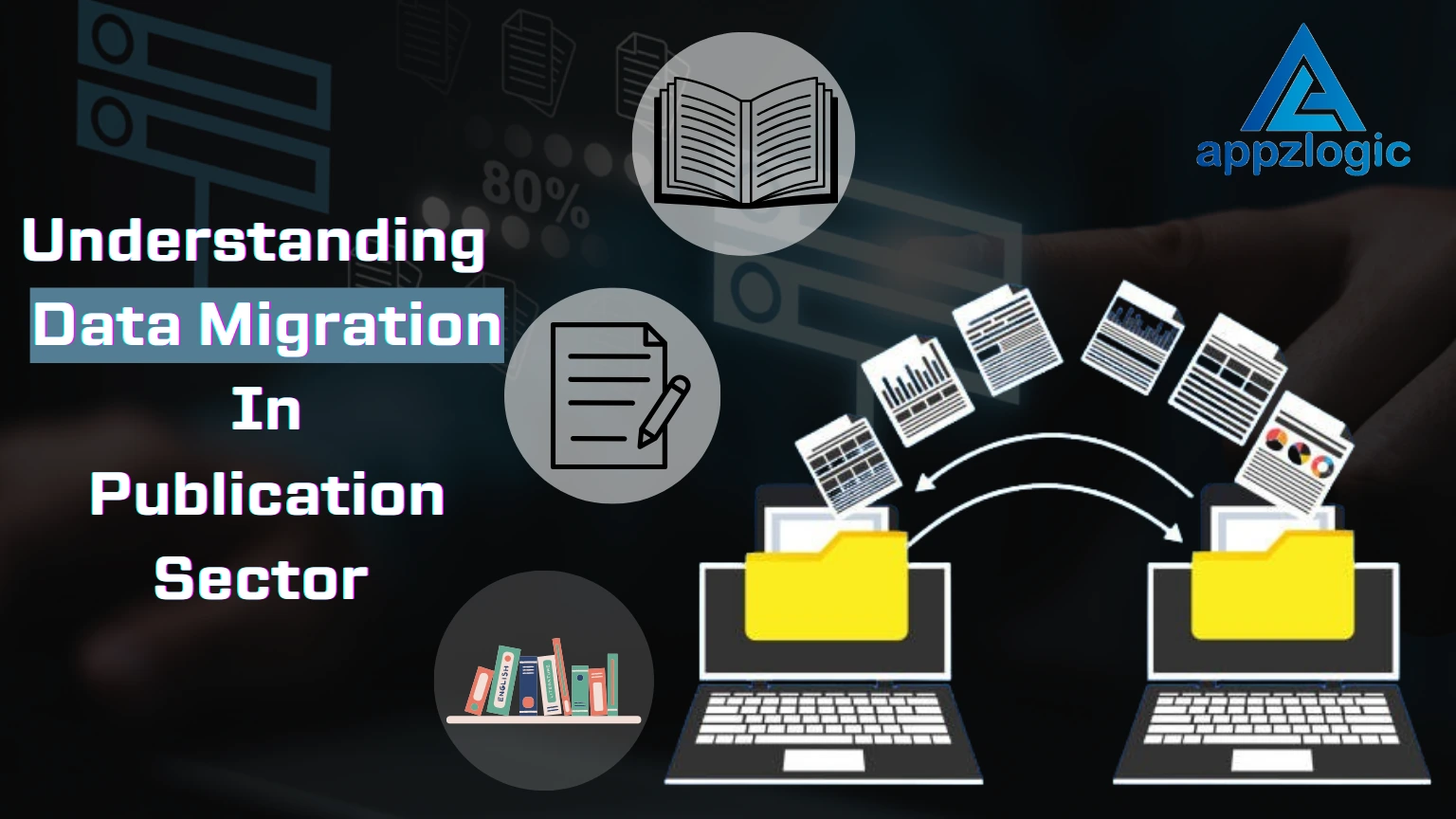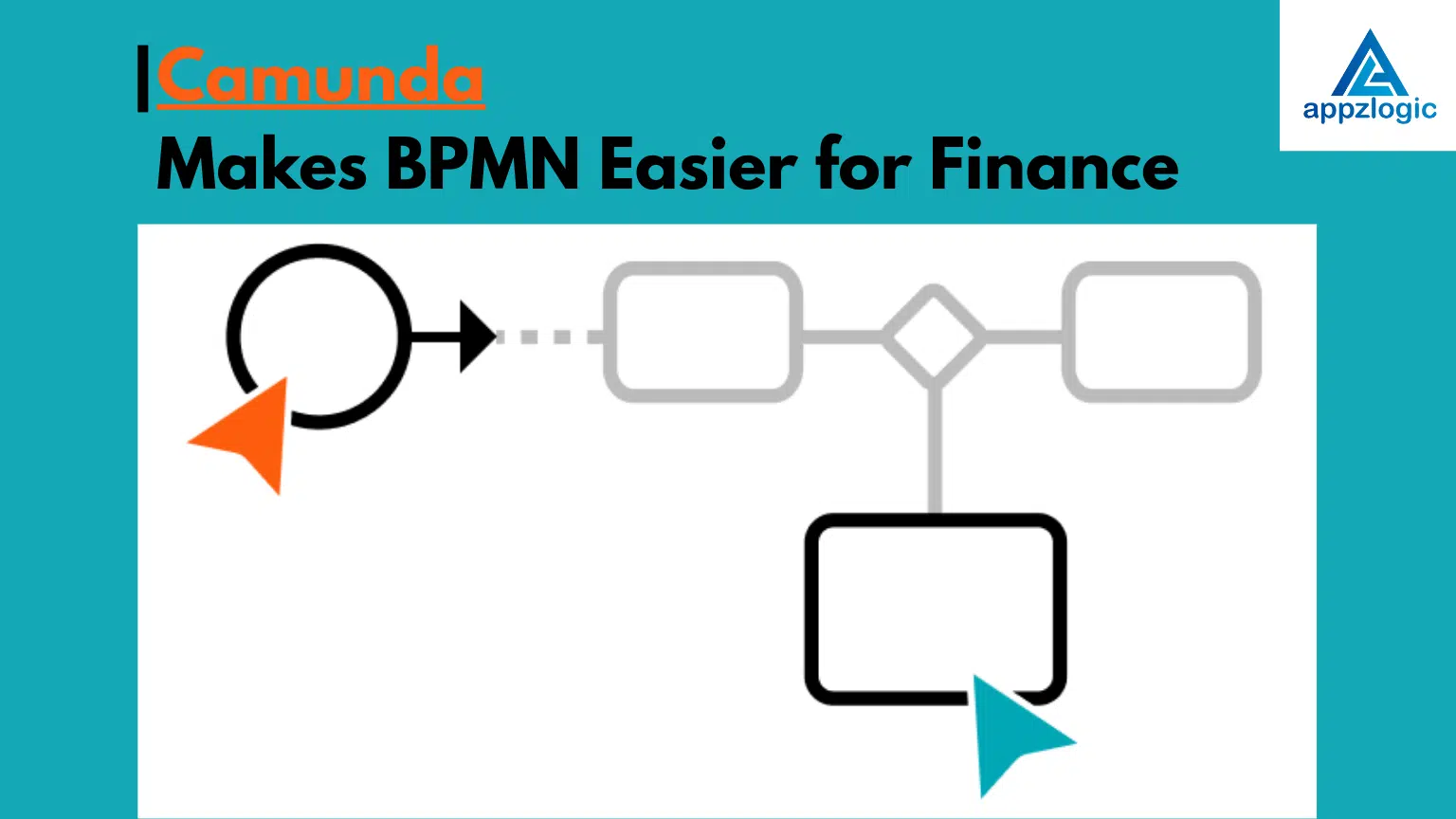
What are the Benefits of Automation in Publishing?
Publishing has changed a lot in recent years. What used to take hours of manual work by editors and designers is now much faster, thanks to automation in publishing and other automated solutions.
For IT companies, especially those working for automation in the Publication Industry, this shift opens new doors. Automating tasks like formatting, content checks, and managing test cases helps teams work smarter, cut down on errors, and deliver content faster.
In this blog we will explore what are some benefits of Automation in the Publication Industry.
Automated Testing vs Manual Testing in Publishing

A significant concern in digital publishing is ensuring content works across platforms like web, mobile, tablets, and even print. Manual testing takes time. In contrast, automation testing enables you to run hundreds of test cases quickly and consistently. Whether you are checking font rendering on various devices or verifying interactive features in digital books, automation helps maintain a high standard without burning out your QA team.
Importance of Automation for Error Reduction
In publishing, a single formatting or grammatical error can harm your credibility. This makes the importance of automation clear, it reduces human error and enhances consistency. Robotic process automation testing tools can scan documents for style, formatting, and accessibility issues. They also validate metadata, links, and layouts, making sure your content looks polished and professional across all channels. This automated scrutiny is not just limited to visible errors. It also plays a role in backend testing during content deployment, ensuring no hiccups when your article goes live.
Multi-Channel Publishing Powered by Automation

Now, readers are everywhere on social media, news apps, email, and eReaders. Digital publishing must adapt to this multi-platform landscape. Automation enables you to create content once and distribute it seamlessly across all platforms.
Tools convert articles into optimized formats for each platform, reducing the need for manual adjustments. This aligns perfectly with enterprise process automation strategies, where publishing becomes part of a larger, interconnected business workflow.
Saving Time and Costs Through Automation
Publishing houses, media companies, and digital agencies benefit greatly by automating repetitive tasks. Automated content tagging, real-time scheduling, layout checks, and version control eliminate delays and reduce team dependency.
In the software development life cycle testing, saving time is essential. Similarly, in publishing, the ability to reduce content delivery cycles with automation means faster releases and cost efficiency. This gives you more time to focus on creativity and strategy.
Quality Assurance for Publication

Content quality is non-negotiable. Readers demand error-free, well-structured, and engaging content. Automation testing improves quality assurance by running predefined software testing processes to catch issues before publication.
Incorporating qa best practices, automated tests can validate elements like internal linking, alt text, headers, and layout responsiveness. For instance, component testing in software testing can be adapted to test isolated modules in publishing platforms, such as individual content blocks or embedded media. This level of granular testing ensures that every piece of content meets publishing standards and delivers a consistent user experience.
Using Free Tools for Test Case Tracking
Managing QA activities in publishing does not have to be expensive. There are many free tools for tracking test cases and executions. Tools like TestLink, PractiTest (freemium), and Xray offer dashboards to plan, run, and track test scenarios.
These tools help even a qa manual tester keep up with automation-driven workflows by allowing them to monitor test results, document findings, and flag content issues easily. They also facilitate collaboration between editorial and technical teams.
Metadata Management and Discoverability
Metadata might be behind-the-scenes, but it plays a critical role in content discovery. Automation tools can auto-generate titles, summaries, and test cases example tags that improve visibility on search engines and content platforms.
Accurate and automated metadata is responsible for best practices for data publishing. It ensures that content not only reaches its intended audience but also performs well analytically.
AI Integration for Smarter Publishing

As automation evolves, integrating AI in publishing is becoming more mainstream. AI tools can summarize lengthy articles, suggest trending topics, translate content into multiple languages, and even personalize newsletters.
AI also supports automated solutions in software development life cycle testing, analyzing user data to forecast what kind of content your audience prefers. These insights can guide editorial teams in creating high-impact content.
Performance Monitoring and Analytics
Every publishing company wants to know how their content is performing. Automation allows for real-time monitoring of metrics like views, shares, bounce rates, and user engagement.
Monitoring performance and analytics helps you decide which formats and topics work best. This not only refines your editorial strategy but also supports enterprise process automation by integrating analytics into your content pipeline.
Human-AI Collaboration in Testing
Automation does not eliminate human jobs, it enhances them. A qa manual tester still plays a critical role in exploratory and usability testing, But with automation, they can focus more on strategic tasks and less on repetitive test execution.
By aligning AI tools with qa best practices, our QA team has become more proactive. They can detect issues early, iterate faster, and raise overall content quality.
Benefits of AI Automation for Digital Publishers:
Edit and Proofreading: AI automation helps digital publishers quickly check grammar, spelling, and sentence structure. It can suggest better word choices and make the content easier to read, saving editors a lot of time while improving quality.
Predict Customer Trend: AI tools can analyze what readers like to read, when they read, and what topics are popular. This helps publishers plan better content that matches audience interests, boosting engagement and traffic.
Create Immersive Reading Experience: AI can personalize the reading experience by recommending articles, adjusting layouts, or even adding interactive features like voice or video. This keeps readers interested and makes the content more enjoyable.
Conduct In-Depth Research and Market Analysis: AI can quickly scan large amounts of data, such as market reports, customer reviews, or competitor content. This helps publishers stay informed and make smart decisions based on current trends and insights.
Future Trends in Publishing Technology
Looking ahead, future trends in publishing technology point to even deeper automation and smarter content strategies. Expect more use of generative AI for content creation, NLP for auto-summarization, and predictive analytics for content performance.
There will also be more convergence between digital publishing tools and software testing process automation, creating unified platforms where content is not only created but also tested, optimized, and distributed automatically.
Conclusion
The benefits of automation in publishing are vast. From reducing costs and errors to improving quality and speed, automation, especially automation testing is revolutionizing how we produce and share content.
At Appzlogic, We are the best Publication Industry Service Provider in the United States and across the globe. Our solutions focus on integrating automated testing, AI tools, and smart workflows to help publishers thrive in a competitive market. Whether you are a startup or an enterprise, embracing automation testing in publishing will future-proof your content strategy and maximize your ROI.
Frequently Asked Questions
Automation testing checks if your content looks and works well across devices, faster and more accurately than manual testing.
Yes, Automated tools catch grammar, formatting, and metadata issues, reducing human error and improving consistency.
Yes, Tools like TestLink, PractiTest, and Xray help you manage and monitor your publishing QA processes for free or at low cost.
AI helps summarize content, suggest topics, translate articles, and analyze what your audience likes making publishing smarter.
No, Automation supports human roles by handling repetitive tasks, so editors and QA testers can focus on creative and strategic work.


